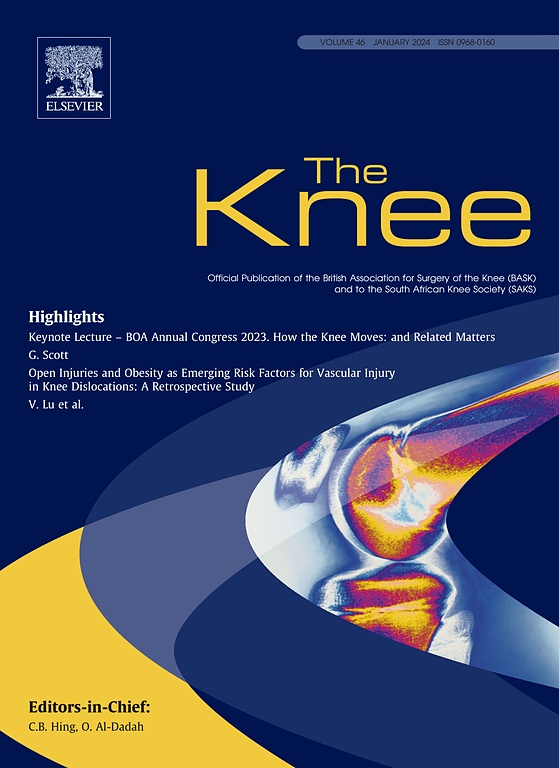
Knee ACI: No clinical outcome differences between periosteal and collagen membrane cover

Knee ACI: No clinical outcome differences between periosteal and collagen membrane cover
A prospective, ranomised study comparing two techniques of autologous chondrocyte implantation for osteochondral defects in the knee: Periosteum covered versus type I/III collagen covered
Knee. 2006 Jun;13(3):203-10. Epub 2006 Apr 27Synopsis
68 patients with symptomatic articular cartilage defects in the knee were randomized to receive autologous chondrocyte implantation with a periosteal cover (ACI-P) or a type I/III collagen membrane (ACI-C). After a follow up period of 24 months, there was no significant difference in clinical outcome between the two groups. However, a significant amount of the ACI-P patients required shaving of a ...
To view the full content, login to your account,
or start your 30-day FREE Trial today.
FREE TRIAL
LOGIN
Forgot Password?
Explore some of our unlocked ACE Reports below!

Learn about our AI Driven
High Impact Search Feature
Our AI driven High Impact metric calculates the impact an article will have by considering both the publishing journal and the content of the article itself. Built using the latest advances in natural language processing, OE High Impact predicts an article’s future number of citations better than impact factor alone.
Continue



 LOGIN
LOGIN

Join the Conversation
Please Login or Join to leave comments.